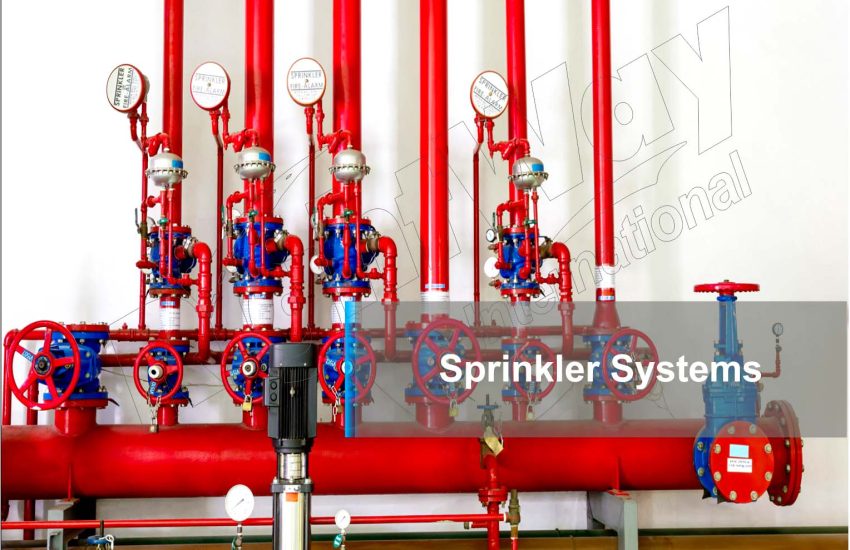Sprinkler System are essential safety features designed to control and extinguish fires in buildings, providing invaluable protection for lives and property. Understanding how these systems work, their types, and their benefits can help ensure effective fire safety in various environments.
1. How Sprinkler System Work
Fire sprinkler systems operate on a simple principle: when a fire occurs, heat activates the sprinklers, which then discharge water to suppress the flames. The systems are usually connected to a water supply and can be triggered individually or in clusters, depending on the design.
2. Types of Sprinkler System
a. Wet Pipe Systems
The most common type, wet pipe systems contain water under pressure in the pipes. When a sprinkler head is activated by heat, water is immediately released. These systems are ideal for environments where freezing is not a concern.
b. Dry Pipe Systems
In dry pipe systems, the pipes are filled with pressurized air instead of water. When a sprinkler head activates, the air pressure drops, allowing water to flow from a separate supply. These systems are suitable for unheated areas where freezing could occur.
c. Pre-Action Systems
These systems require two triggers to activate. Typically, a smoke detector will sense a fire, and only after that does the water fill the pipes. This design prevents accidental discharge, making it suitable for areas with sensitive equipment.
d. Deluge Systems
Deluge systems have open sprinkler heads and are activated by a fire alarm system. When a fire is detected, water flows from all heads simultaneously. These systems are ideal for high-hazard areas, such as chemical storage facilities.
e. Foam Systems
Foam sprinkler systems discharge a mixture of water and foam concentrate to suppress flammable liquid fires. They are commonly used in aircraft hangars and petrochemical facilities.
3. Benefits of Sprinkler System
- Life Safety: Sprinkler systems significantly increase survival rates during a fire by providing immediate suppression and reducing heat and smoke.
- Property Protection: By controlling fires in their early stages, sprinklers help minimize damage to structures and contents, often reducing insurance costs.
- Automatic Operation: Unlike fire extinguishers, which require manual activation, sprinkler systems operate automatically, ensuring a response even if occupants are not present.
- Reduced Firefighting Efforts: Sprinkler systems can reduce the intensity of fires, making it easier for firefighters to control and extinguish flames.
4. Maintenance and Inspection
Regular maintenance and inspection are critical to ensuring that fire sprinkler systems function effectively. Key practices include:
- Annual Inspections: A professional should inspect the entire system at least once a year to ensure proper functionality.
- Monthly Checks: Conduct monthly visual inspections of sprinkler heads, pipes, and control valves for signs of corrosion, leaks, or obstructions.
- Testing: Regularly test alarms and control panels to confirm they are operational.
- Record Keeping: Maintain detailed records of inspections, maintenance, and repairs to comply with regulations and insurance requirements.
Conclusion
Fire sprinkler systems are a vital aspect of fire protection strategies, significantly enhancing safety for occupants and property. Understanding the different types and their benefits, along with committing to regular maintenance, ensures these systems operate effectively when needed. Investing in fire sprinkler systems is a proactive step toward safeguarding lives and assets.


